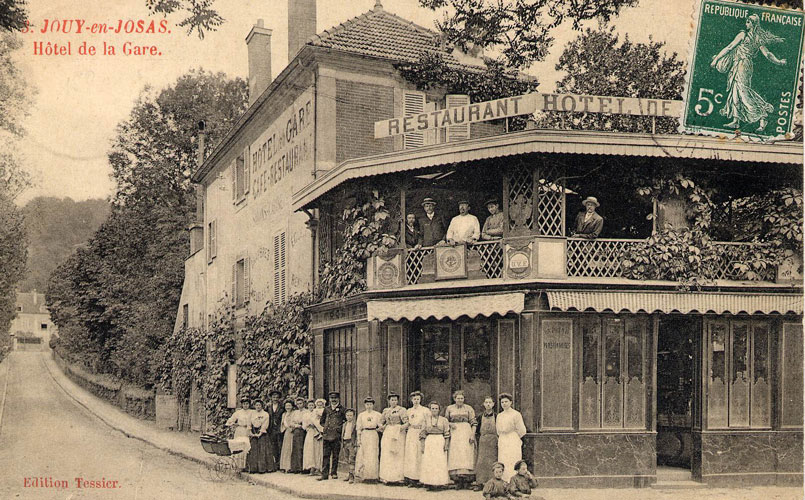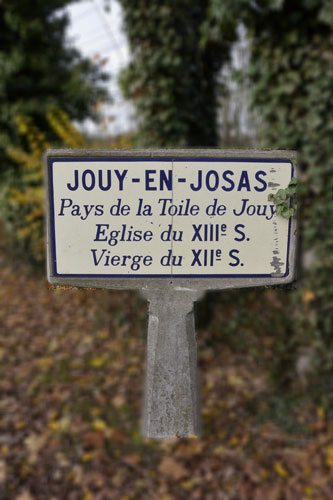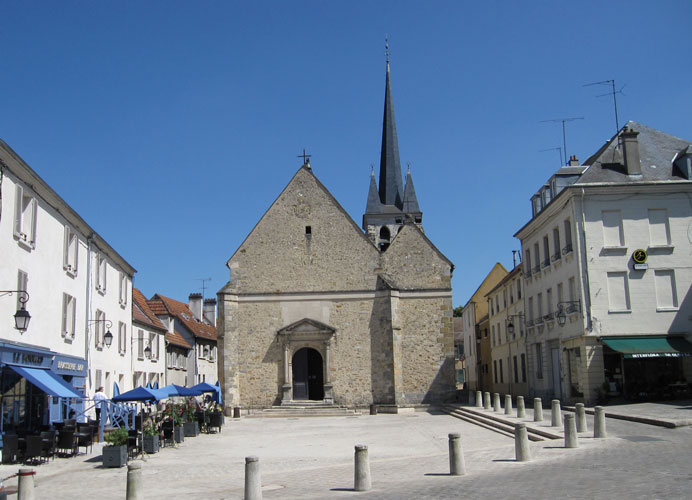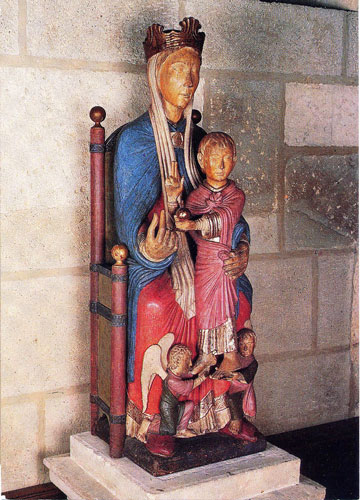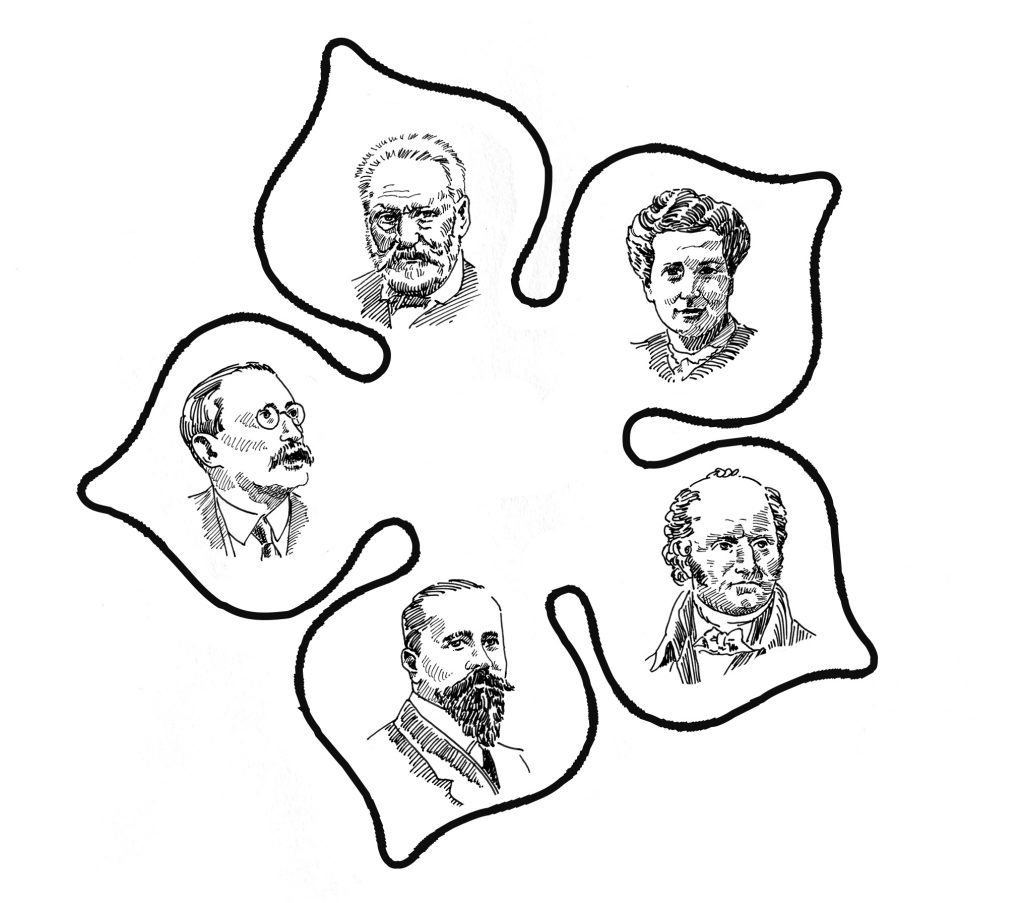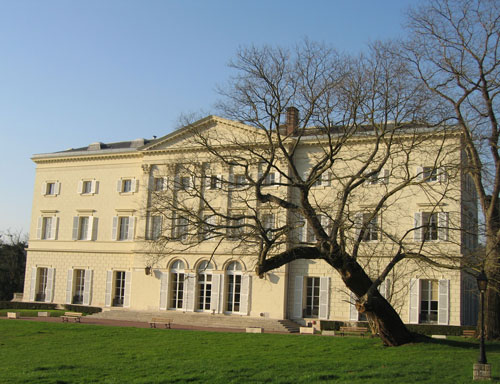Discover Jouy-en-Josas
WELCOME TO JOUY-EN-JOSAS, WE ARE HAPPY TO WELCOME YOU !
Located in the heart of the Upper Bièvre Valley and in the southeast of the Versailles Grand Parc agglomeration community, Jouy-en-Josas has the privilege of being close to Paris (15 km) and Versailles (5 km).
The name Jouy comes from the Latin Gaudium (“joy”). At the time, several villages bore this same name. To distinguish it, the name of the ecclesiastical division was added: le Josas.
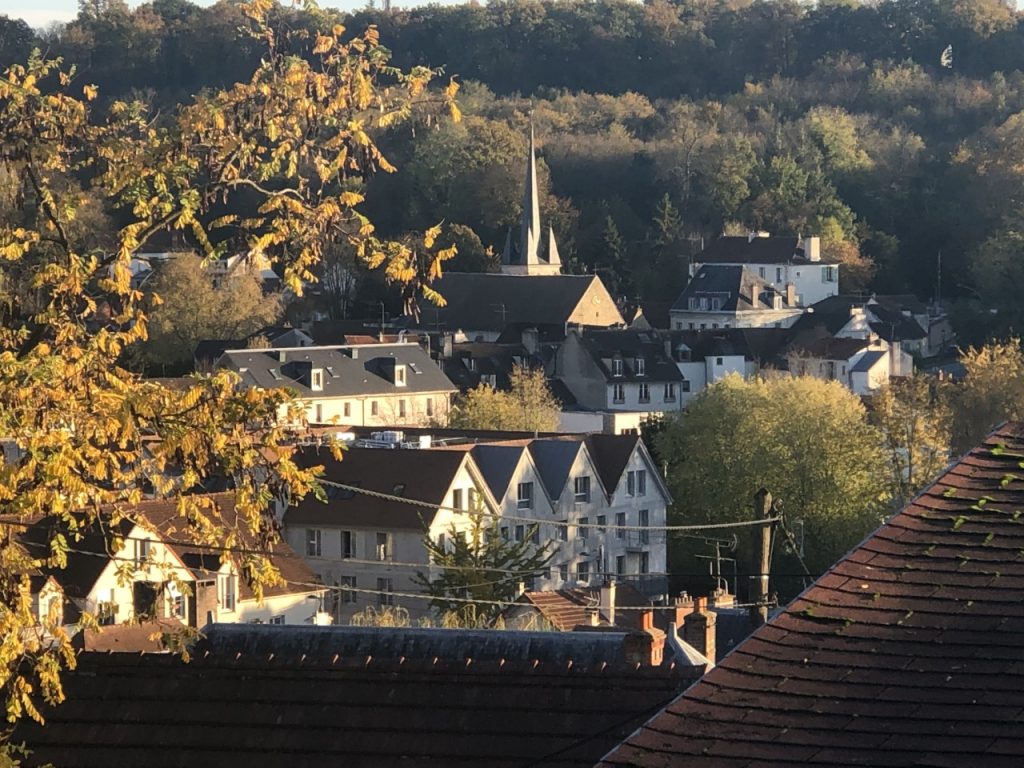
Jouy-en-Josas is a small, fragmented town:
– The city center (with a village-like appearance),
– Le petit-Jouy,
– Les Metz (residential area near Vélizy),
– Le parc de Diane (residential area on the Saclay plateau).
We are fortunate to have a town with a remarkable natural, historical and cultural heritage and we want to share it with as many of you as possible.
A RICH NATURAL HERITAGE
“A village at the gateway to Paris! “
Parisians often exclaim in search of greenery.
The Bièvre, a river that rises in Guyancourt and flows into the Seine in Paris, the forests and the rolling hillsides that adorn our city are a rich natural heritage, just like the Upper Bièvre Valley.
A RICH HISTORICAL HERITAGE
Traces of occupation attest to a human presence as early as prehistoric times, but the history of Jouy-en-Josas is known precisely from the 9th century thanks to the writings of the monks of Saint-Germain-des-Prés.
The church was built in the 12th century. At that time, the village had between 400 and 500 inhabitants.
But the plague and the Hundred Years War ravaged the region and only 3 to 4 fires (families) remained.
The country village still exists. In 1760, Christophe-Philippe Oberkampf discovered a village of 400 catholic souls in the seigneury of the Marquis de Beuvron.
He decided to settle there and to build the very famous Manufacture de Toiles Peintes (Painted Canvas Factory) that the whole world now knows as the Manufacture de Toiles de Jouy.
The factory is in activity from 1760 to 1843. It completely changed the face of Jouy-en-Josas, employing more than 1,000 workers at its peak; it acquired the status of Royal Manufacture and became the third largest French industry.
When the factory closed, the people of Jouy-en-Josas found themselves without jobs. But the activity came back with the creation of laundries, and then with the arrival of the railroad in 1883 which allowed many wealthy Parisians to set up their second homes there.
The Second World War also left a trace of its passage. Among other human and material damages, a fire caused by the bombing ravaged the castle of the Montcel domain. August 24, 1944 marked the Liberation of Jouy-en-Josas!
A RICH CULTURAL HERITAGE:
The great epic of the Toile de Jouy with the manufacture of Christophe-Philippe Oberkampf has made our city known internationally. The Toile de Jouy museum retraces this great adventure, exhibits previously unseen pieces of fabric, and describes the evolution of the designs from the 18th century to the present day.
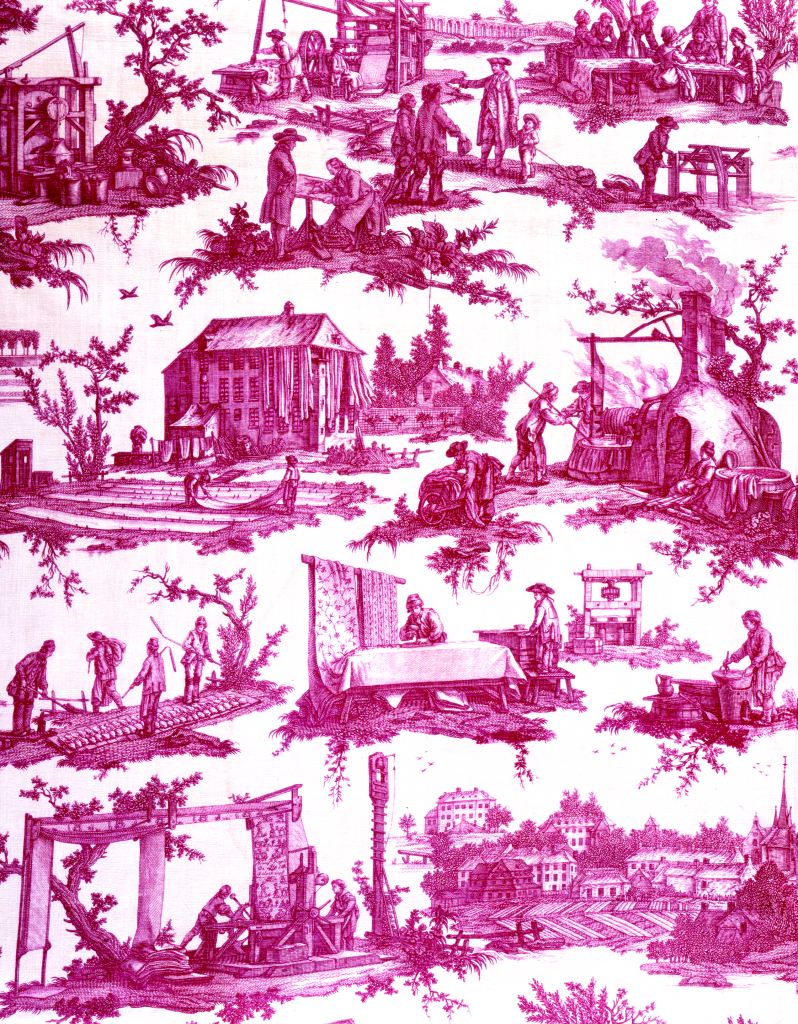
The works of the factory (1783) 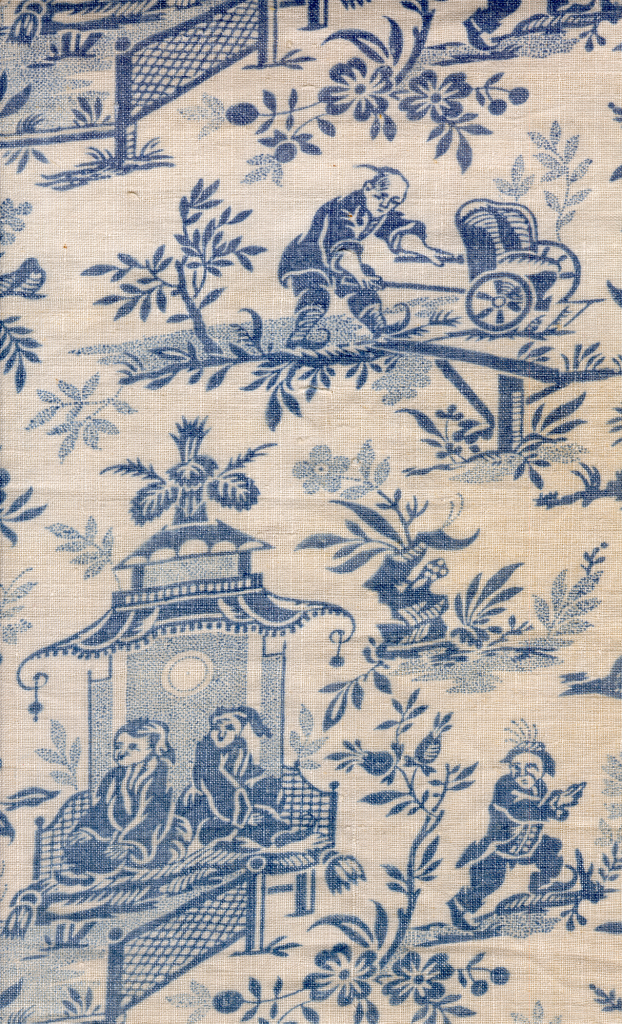
Chinese with a wheelbarrow (1760) 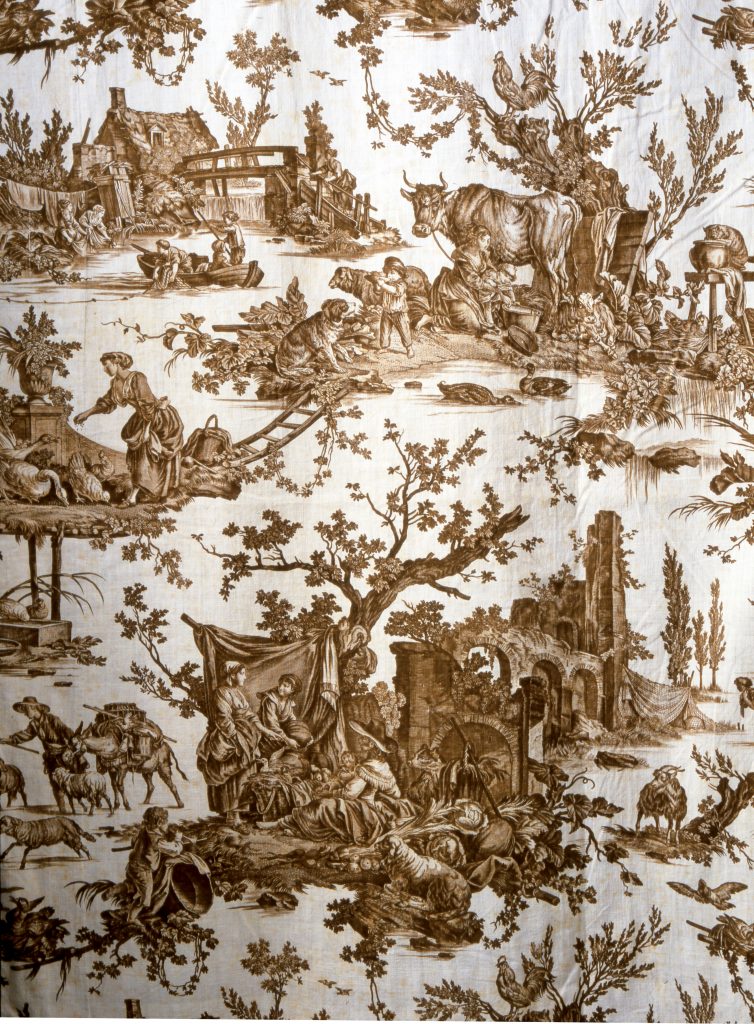
The occupations of the farm (around 1792) 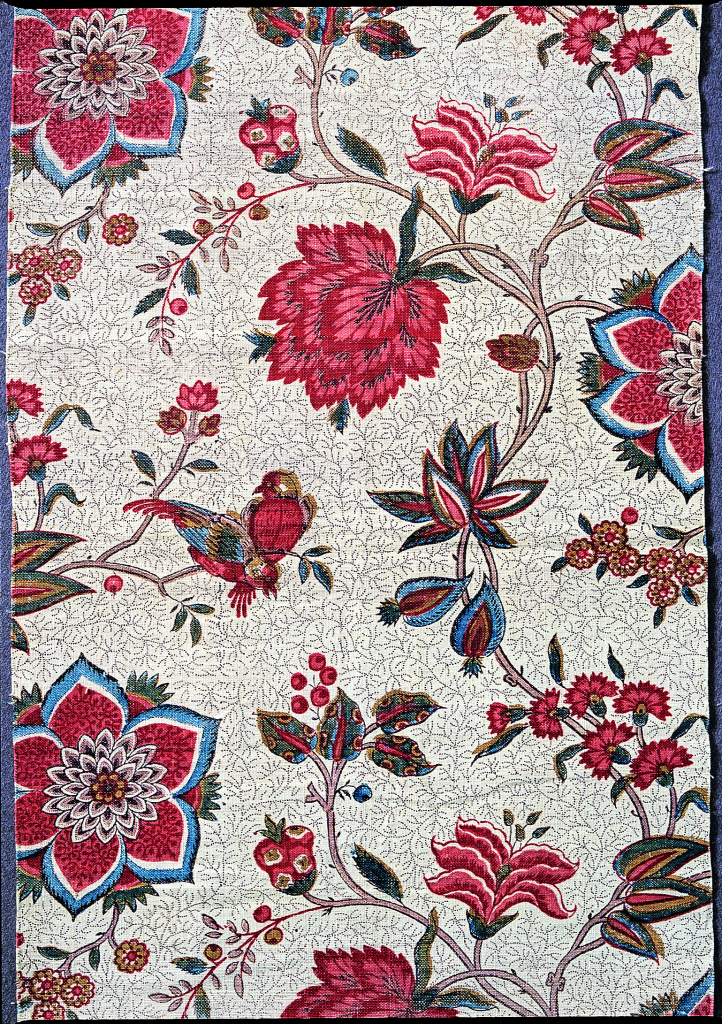
Flowers and birds on a twig background, print (circa 1783) 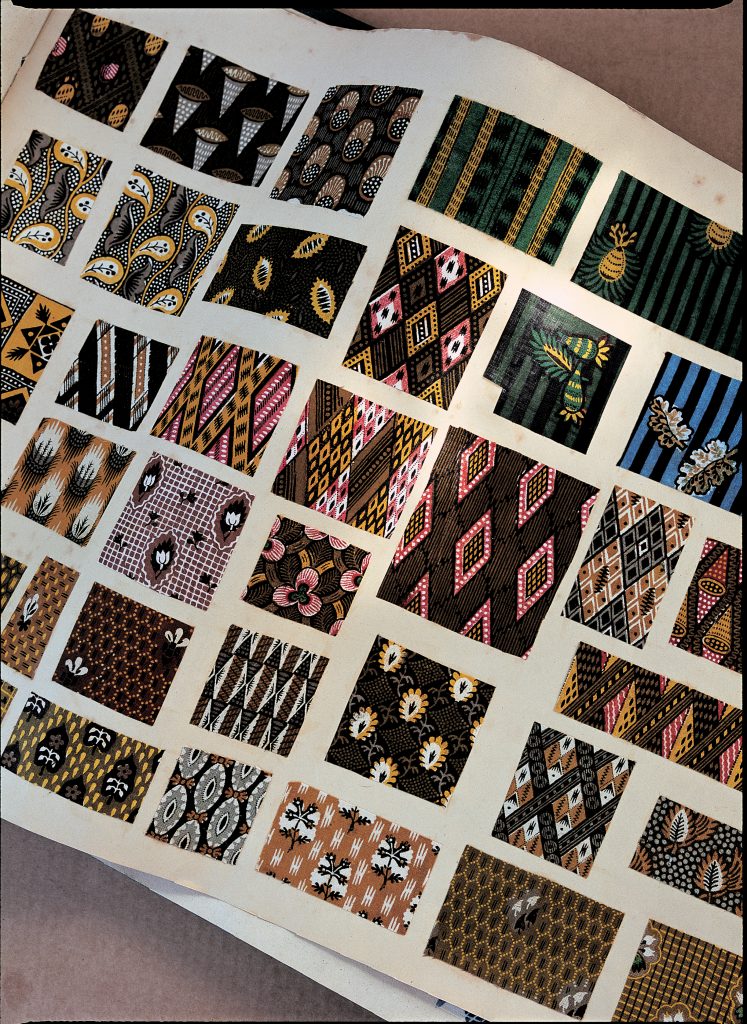
Catalog of mignonettes (19th century) 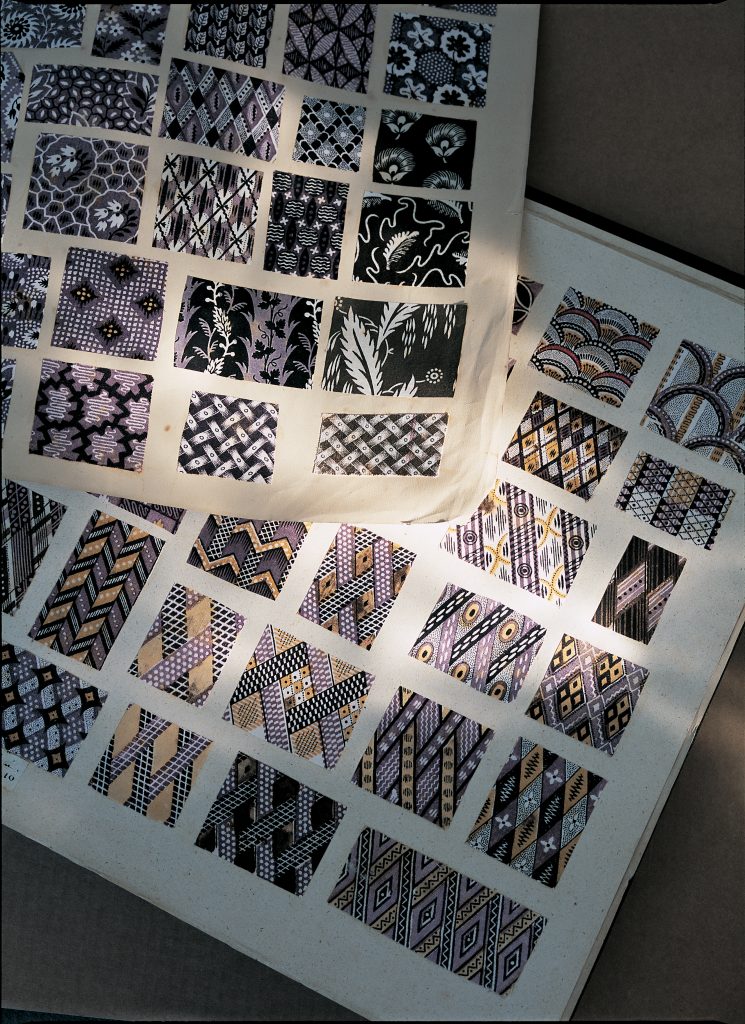
Catalog of mignonettes (19th century)
Many personalities have also lived or stayed here: Léon Blum and his wife Jeanne, Albert Calmette, Christophe-Philippe Oberkampf, Victor Hugo and Juliette Drouet, Patrick Modiano and many others! Stories were created, and the inhabitants still remember certain anecdotes when they passed them in the street.
The Maison Léon Blum, where he lived the last years of his life, immerses you in the political, literary and family life of this great man.
Numerous castles and beautiful houses bear witness to the richness of the city.
Nowadays, in addition to being a city of nature, history and culture, Jouy-en-Josas is also a city of science and studies with major institutions such as INRA, HEC, Tecomah, the Jeanne Blum school.
